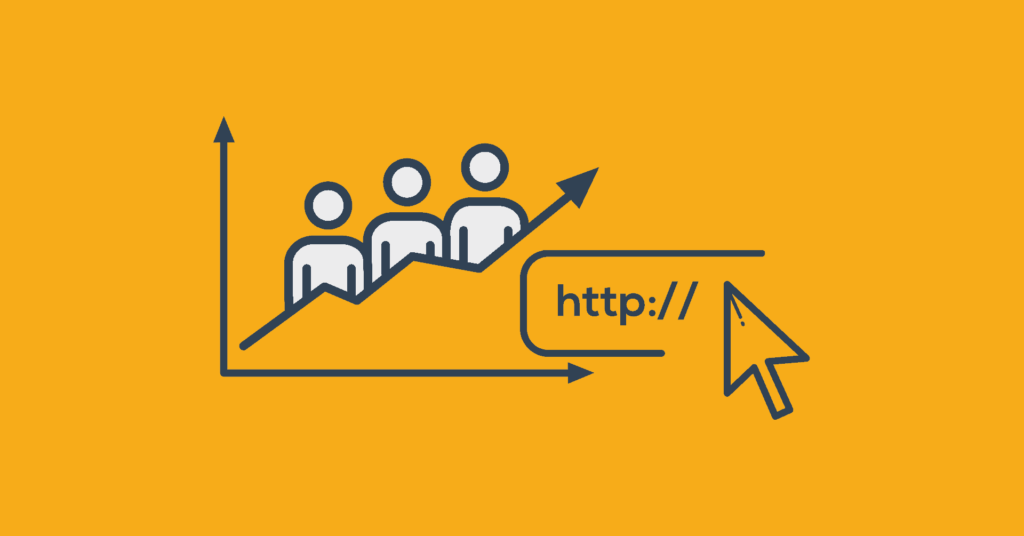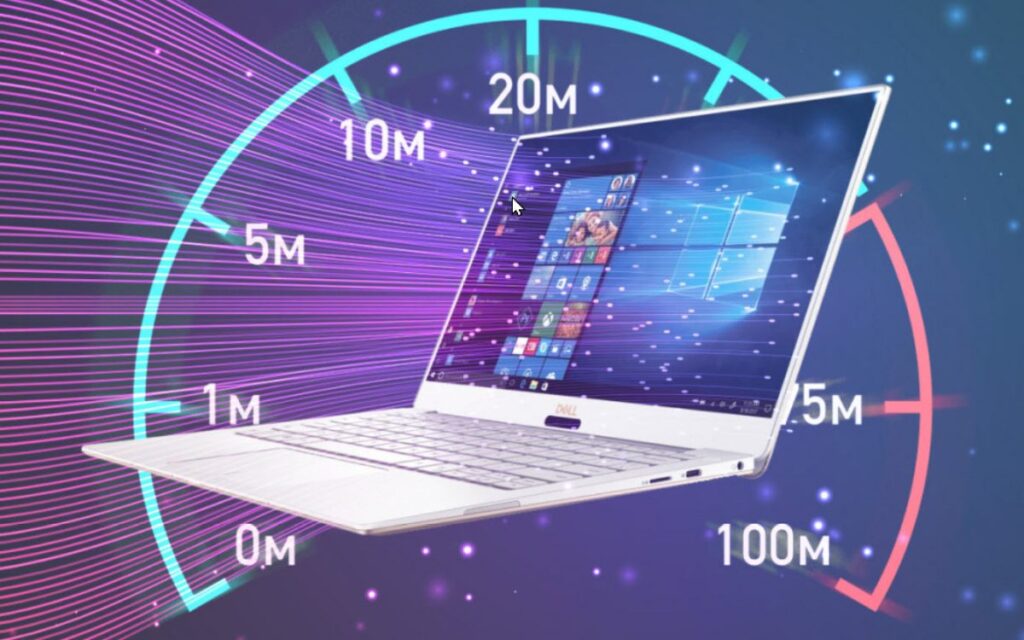How AI is Changing Digital Marketing in 2025
Artificial Intelligence (AI) is transforming digital marketing in unprecedented ways, making campaigns more efficient, personalized, and data-driven. As we move through 2025, businesses are leveraging AI-powered tools to optimize their strategies, enhance customer experience, and drive higher engagement. This blog explores the key ways AI is revolutionizing digital marketing in 2025. 1. AI-Driven Personalization AI enables brands to deliver highly personalized content to users based on their browsing behavior, purchase history, and preferences. With advanced machine learning algorithms, businesses can create tailored recommendations, personalized email campaigns, and dynamic website experiences. Benefits: 2. AI-Powered Chatbots and Virtual Assistants Chatbots have evolved significantly, offering more natural and human-like interactions. AI-driven chatbots are now capable of providing 24/7 customer support, answering complex queries, and even assisting with transactions. Benefits: 3. Predictive Analytics for Smarter Decision-Making AI-powered predictive analytics helps marketers anticipate consumer behavior by analyzing past interactions, trends, and engagement patterns. This allows businesses to optimize campaigns before launching them, improving their effectiveness. Benefits: 4. AI in Content Creation and Optimization AI tools like ChatGPT and Jasper AI are now widely used to generate high-quality content, from blog posts to social media captions. Benefits: 5. AI-Enhanced Search Engine Optimization (SEO) Search engines are becoming smarter, and AI is playing a crucial role in improving SEO strategies. AI-driven tools can analyze search intent, optimize content for voice searches, and suggest ways to improve search rankings. Benefits: 6. Automated Ad Campaigns AI is revolutionizing paid advertising by automating campaign management. Platforms like Google Ads and Facebook Ads use AI to optimize bidding, targeting, and ad placements in real-time. Benefits: 7. Voice Search and AI Assistants With the rise of smart assistants like Alexa, Siri, and Google Assistant, voice search has become an integral part of digital marketing. AI helps brands optimize their content for voice search queries. Benefits: 8. AI in Social Media Marketing AI tools help marketers analyze trends, schedule posts, and optimize engagement on social media platforms. AI-driven analytics provide insights into audience behavior and content performance. Benefits: 9. AI-Powered Video Marketing AI-generated videos, personalized video content, and AI-assisted editing are transforming video marketing. AI tools can now create short promotional videos, analyze video performance, and even generate subtitles automatically. Benefits: 10. Fraud Detection and Security in Digital Marketing AI is playing a key role in detecting fraudulent activities such as fake clicks, spam, and bot traffic in digital marketing campaigns. Benefits: FAQ 1. How does AI improve marketing strategies? AI improves marketing strategies by analyzing large datasets, identifying patterns, and automating tasks, leading to more targeted and effective campaigns. 2. Can AI completely replace human marketers? No, AI enhances marketing efforts by automating repetitive tasks, but human creativity, strategy, and emotional intelligence remain essential for successful campaigns. 3. How can small businesses leverage AI in digital marketing? Small businesses can use AI-powered tools for social media management, content creation, email marketing, and customer support automation to improve efficiency and engagement. 4. What are some AI tools for digital marketing in 2025? Popular AI tools include ChatGPT for content creation, Jasper AI for copywriting, SEMrush for SEO, Hootsuite for social media automation, and Google Analytics for data insights. 5. Will AI make digital marketing more expensive? AI can reduce costs by automating tasks and improving efficiency. While some AI tools require investment, they often provide higher ROI in the long run. Conclusion AI is fundamentally changing the way digital marketing operates. From hyper-personalized content to AI-driven analytics, businesses that embrace AI-powered strategies gain a competitive edge. By leveraging AI’s capabilities, brands can enhance customer experiences, optimize ad campaigns, and drive higher engagement. As AI technology continues to evolve, staying updated with the latest trends will be key to success in the digital marketing landscape.
How to Use Google Analytics to Improve Website Traffic

Google Analytics is a powerful tool that helps website owners track and analyze visitor behavior, optimize content, and increase traffic. By leveraging its insights, you can make data-driven decisions to enhance your website’s performance. This guide will walk you through how to use Google Analytics to boost your website traffic. 1. Set Up Google Analytics To get started, you need to set up Google Analytics for your website. Steps: Once set up, you can access valuable insights about your visitors and their behavior. 2. Understand Your Audience Google Analytics provides detailed reports on your audience, helping you tailor your content to their needs. Key Metrics: Actionable Tips: 3. Analyze Traffic Sources Knowing where your traffic comes from helps refine your marketing strategy. Traffic Channels: Actionable Tips: 4. Track User Behavior Understanding how users navigate your site helps optimize their experience. Key Reports: Actionable Tips: 5. Identify Top-Performing Pages Google Analytics shows which pages drive the most traffic and engagement. How to Use This Data: 6. Set Up Goals and Conversions Tracking conversions helps measure success and optimize strategies. Steps: 7. Use Google Analytics for SEO Improvement Google Analytics helps you optimize SEO by providing keyword insights and search data. Actionable Tips: 8. Monitor Real-Time Data Real-time reports allow you to track live user activity and assess immediate marketing efforts. Use Cases: 9. Integrate Google Analytics with Other Tools Enhance your insights by integrating Google Analytics with: 10. Generate Custom Reports and Dashboards Custom reports provide personalized insights tailored to your needs. Steps: 11. Improve Site Speed for Better Traffic A slow website can deter visitors and impact search rankings. Google Analytics provides site speed reports that help identify loading issues. Actionable Tips: 12. Enhance User Experience (UX) with Analytics Insights Google Analytics helps pinpoint areas where user experience can be improved. Key UX Metrics: Actionable Tips: FAQ 1. How do I know which traffic source is most effective? Check the Acquisition Report in Google Analytics to see which sources drive the most traffic and conversions. 2. What is a good bounce rate? A bounce rate under 40% is ideal, though it varies by industry. High bounce rates may indicate poor user experience. 3. How can I track my website’s SEO performance? Integrate Google Search Console with Google Analytics to monitor organic traffic and keyword performance. 4. Why is my traffic declining? Check for algorithm updates, technical SEO issues, or ineffective marketing campaigns in Google Analytics reports. 5. How often should I check Google Analytics? Review data weekly for general insights and daily during campaigns or website changes. 6. How can I use Google Analytics to improve my e-commerce store? Track sales conversions, monitor cart abandonment rates, and analyze user paths to enhance the checkout process. 7. Can Google Analytics help with local SEO? Yes, by tracking location-based traffic, you can optimize content and target local audiences effectively. Conclusion Google Analytics is an essential tool for improving website traffic. By analyzing audience behavior, tracking sources, and optimizing content, you can drive more visitors and boost engagement. Regularly reviewing data and making data-driven adjustments will help you achieve long-term success. Implement these strategies, test different approaches, and watch your website grow.
How to Create Viral Videos for Social Media

Creating viral videos for social media requires strategy, creativity, and an understanding of what engages audiences. A well-crafted video can boost brand awareness, increase engagement, and expand your reach. This guide explores the essential steps to creating viral social media videos. Understanding Virality Virality happens when content resonates deeply with viewers, prompting them to share it widely. Viral videos often elicit strong emotions—laughter, awe, inspiration, or even controversy. Understanding your audience and crafting content that speaks to their interests is key to success. 1. Know Your Audience Before creating a video, research your target audience. Understand their demographics, interests, and behaviors. Use analytics tools on platforms like Instagram, TikTok, and YouTube to gather insights. Knowing your audience ensures you create content that appeals to them. Tips: 2. Focus on Storytelling People connect with stories. A strong narrative keeps viewers engaged and increases the likelihood of sharing. Whether it’s a personal journey, a customer success story, or a humorous skit, storytelling is essential. Elements of a Great Story: 3. Keep It Short and Engaging Social media users have short attention spans. Keep videos concise, ideally between 15-60 seconds. If a longer format is necessary, ensure the first few seconds are highly engaging to hook viewers. Best Practices: 4. Use Eye-Catching Thumbnails and Titles Your video’s first impression matters. A compelling thumbnail and an intriguing title increase click-through rates. Thumbnail Tips: Title Tips: 5. Leverage Trends and Challenges Social media thrives on trends. Engaging with trending topics, hashtags, and challenges can significantly increase your video’s exposure. How to Stay Updated: 6. Optimize for Each Platform Each platform has different algorithms and preferences for video content. Understanding these can maximize reach. Platform-Specific Tips: 7. Encourage Interaction Videos that encourage interaction get prioritized by algorithms. Ask viewers to engage through comments, likes, and shares. How to Boost Engagement: 8. Use High-Quality Visuals and Editing While content matters most, high-quality production improves professionalism. Use good lighting, sharp visuals, and smooth transitions to enhance your video’s appeal. Editing Tools: 9. Add Captions and Subtitles Many users watch videos without sound. Adding captions improves accessibility and keeps viewers engaged. Benefits: 10. Post at the Right Time Timing affects engagement. Posting when your audience is most active can increase visibility. Best Posting Times (General Guidelines): 11. Collaborate with Influencers Influencer collaborations amplify reach. Partnering with influencers who align with your brand helps expose your video to a wider audience. Steps: 12. Repurpose Content Across Platforms Maximize your video’s reach by adapting it for multiple platforms. Shorten, reformat, or add subtitles to make content platform-appropriate. Examples: 13. Monitor Performance and Improve Tracking performance helps refine your content strategy. Use platform analytics to analyze views, watch time, engagement, and shares. Key Metrics to Track: FAQ 1. What type of videos go viral? Videos that evoke emotions, humor, surprise, or provide value tend to go viral. Content that is relatable and shareable works best. 2. Do I need expensive equipment to create viral videos? No. Many viral videos are shot with smartphones. Good lighting and clear audio matter more than high-end equipment. 3. How long should a viral video be? Shorter videos (15-60 seconds) generally perform best. However, engaging long-form content can also gain traction, especially on YouTube. 4. Should I use music in my videos? Yes, trending or catchy music enhances engagement. Just ensure it aligns with platform copyright policies. 5. How do I track video performance? Use platform analytics to monitor views, engagement, and shares, then adjust strategies accordingly. 6. Can I boost virality with ads? Yes, paid promotions can increase visibility. Running targeted ads on social media platforms can help push content to a broader audience. 7. How often should I post videos? Consistency is key. Posting regularly (at least 3-4 times per week) keeps your content in front of your audience. Conclusion Creating viral videos requires a blend of creativity, strategy, and adaptability. By understanding your audience, leveraging trends, and optimizing for each platform, you can significantly increase your chances of creating engaging, shareable content. Start experimenting, analyze results, and refine your approach to master the art of viral video marketing.
How to Speed Up Your Computer for Better Performance

Introduction We all know the frustration of dealing with a slow computer. Whether you’re trying to get work done, enjoy a game, or simply browse the web, lagging systems and unresponsive programs can disrupt your workflow. Over time, computers naturally tend to slow down as they accumulate unnecessary files, outdated software, and even malware. Fortunately, there are many easy, effective steps you can take to speed up your computer’s performance without needing to spend money on expensive upgrades or replacements. In this blog post, we’ll walk you through several simple methods to boost your computer’s performance. Whether you’re using a Windows PC or a Mac, these tips will help you optimize your system for a smoother, faster experience. 1. Clean Up Your Hard Drive Your computer’s hard drive can quickly fill up with unnecessary files, from old documents to temporary files generated by applications. These files eat up valuable space and can slow down your system. Cleaning up your hard drive is one of the first steps in speeding up your computer. How to Clean Up: Why It Matters: Regularly cleaning your hard drive ensures that unnecessary files don’t slow down your system, leaving more room for active programs and files. 2. Remove Unnecessary Programs and Startup Items When you install software, some programs automatically launch at startup, using up valuable system resources right from the get-go. These background processes can significantly reduce your computer’s speed. It’s a good idea to review what programs are set to start automatically when you boot up your computer and remove those you don’t need. How to Manage Startup Programs: Why It Matters: Reducing the number of startup programs will allow your computer to boot faster and free up resources for the tasks you want to focus on. 3. Upgrade Your RAM Random Access Memory (RAM) plays a vital role in your computer’s performance. RAM temporarily stores data that your computer needs to access quickly while running applications. When you don’t have enough RAM, your system will slow down because it has to use hard drive space as virtual memory, which is much slower. How to Upgrade: Why It Matters: Having more RAM ensures your system can run more applications simultaneously without slowing down, making it especially important for heavy multitaskers. 4. Install a Solid-State Drive (SSD) If you’re still using a traditional Hard Disk Drive (HDD), upgrading to a Solid-State Drive (SSD) can transform your computer’s speed. SSDs are much faster than HDDs because they have no moving parts and store data in flash memory. Why SSDs are Better: How to Install an SSD: Why It Matters: Switching to an SSD will speed up your entire system, from boot time to file access, and it’s one of the most effective performance upgrades you can make. 5. Update Your Operating System and Drivers Outdated software can be a major reason behind slow computer performance. When operating systems and drivers aren’t up to date, bugs, security vulnerabilities, and performance issues can arise. Ensuring everything is current is crucial for maintaining optimal performance. How to Update: Why It Matters: Updates often include performance improvements, security patches, and bug fixes, which can help your computer run more efficiently and protect it from potential threats. 6. Scan for Malware and Viruses Malware, viruses, and spyware can cause significant slowdowns by consuming system resources or corrupting files. It’s essential to regularly scan your system for threats and remove any malicious software that might be running in the background. How to Scan for Malware: Why It Matters: By ensuring your system is free from malware, you reduce the risk of poor performance caused by harmful software that consumes resources. 7. Adjust Power Settings If you’re using a laptop, power-saving modes can throttle your computer’s performance. Switching to a high-performance power plan can give your computer the resources it needs to run at its best. How to Adjust Power Settings: Why It Matters: Power-saving settings may reduce your system’s processing power, so if you want maximum performance, it’s important to adjust your settings accordingly. 8. Defragment Your Hard Drive (For HDDs) If your computer is using an HDD, it’s a good idea to defragment the disk regularly. Over time, files can become fragmented, meaning they’re scattered in various locations on the disk. Defragmentation reorganizes these fragments so your system can access them more efficiently. How to Defrag: Why It Matters: Defragmenting your hard drive ensures that your computer can read and write files more efficiently, leading to faster system performance. 9. Disable Visual Effects and Animations Both Windows and macOS include visual effects and animations that look nice but can use up valuable system resources. Disabling or reducing these effects can help speed up your computer. How to Disable Effects: Why It Matters: Turning off unnecessary animations and effects frees up system resources, especially for lower-end computers. 10. Reinstall Your Operating System If you’ve tried all the above methods and your computer is still slow, reinstalling your operating system can give your system a fresh start. This will remove all unnecessary files, bloatware, and software conflicts, effectively returning your system to its original state. How to Reinstall: Why It Matters: Reinstalling your operating system is like giving your computer a clean slate, improving performance by eliminating software conflicts and clutter. Conclusion A slow computer can be a source of frustration, but by following the steps above, you can significantly improve its performance. From cleaning up your hard drive to upgrading key components like RAM and storage, these solutions are simple yet powerful. Regular maintenance is key to keeping your system running efficiently, and you don’t always need expensive upgrades to make a difference. Implement these tips today and enjoy a faster, smoother computing experience. This expanded blog provides a thorough guide for readers, offering a variety of actionable tips for improving computer performance!
